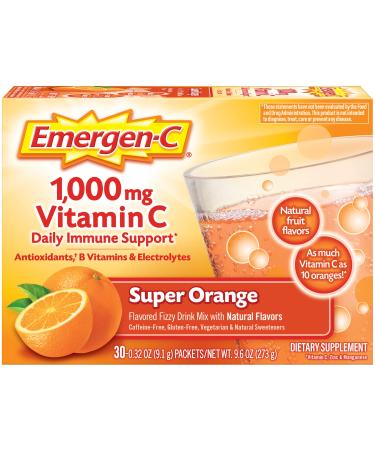The Life Cycle of a Silent Brown Cricket Silent brown crickets undergo a simple life cycle that includes three stages: egg, nymph, and adult. The female cricket lays her eggs, and the eggs hatch in about 14-21 days. The nymphs emerge from the eggs and molt (shed their skin) several times as they grow. The entire life cycle from egg to adult takes approximately 6-8 weeks, depending on the temperature and humidity. | A Nutritious Live Food for Reptiles Livefoods4u Silent Brown Crickets are a great nutritious staple food for many reptiles including Bearded Dragons, Geckos, Skinks and Chameleons. They are high in protein, a good source of fat which is important for energy, and rich in a variety of vitamins and minerals such as calcium, Iron, magnesium, potassium, and B12. Silent Brown crickets are easily digestible due to their soft exoskeleton, and high fibre content. 68.8% Moisture, 9.3% Fat, 0.17% Calcium, 16.4% Protein, 0.77 Ca:P Ratio | Encouraging Natural Behaviours Feeding live Silent Crickets to reptiles can help improve their overall health and well-being. Most reptiles are predators by nature, wired to hunt and capture their prey. Live crickets give them an opportunity to engage in natural behaviours, keeping them mentally simulated, and a chance to get regular exercise. Without the chance to engage in these behaviours, reptiles can become bored and lethargic, leading to health issues. | House or Silent, What's the Difference House Browns crickets (Acheta Domestica) and Silent Brown crickets (Gryllus Assimilis) share many similarities in that they are both commonly referred to as field crickets and belong to the order Orthoptera, are nocturnal, have a similar diet of vegetation, and are a good live food diet staple. The main differences are that house browns are smaller in size, with a smaller antenna, are more docile, and lighter in colour compared to silents. Noise is also a big difference, while Silents are not in fact silent, they are quieter than House browns, and other crickets. Both are popular, and your pets' requirements will determine what is the best choice. |






![Stewart Freeze Dried Dog Treats Made in USA [Single Ingredient Puppy and Dog Training Treats - Grain Free Natural Dog Treats] Resealable Tub to Preserve Freshness](https://www.gosupps.com/media/catalog/product/cache/25/small_image/375x450/9df78eab33525d08d6e5fb8d27136e95/6/1/61gwbbixarl._ac_sl1500_.jpg)







